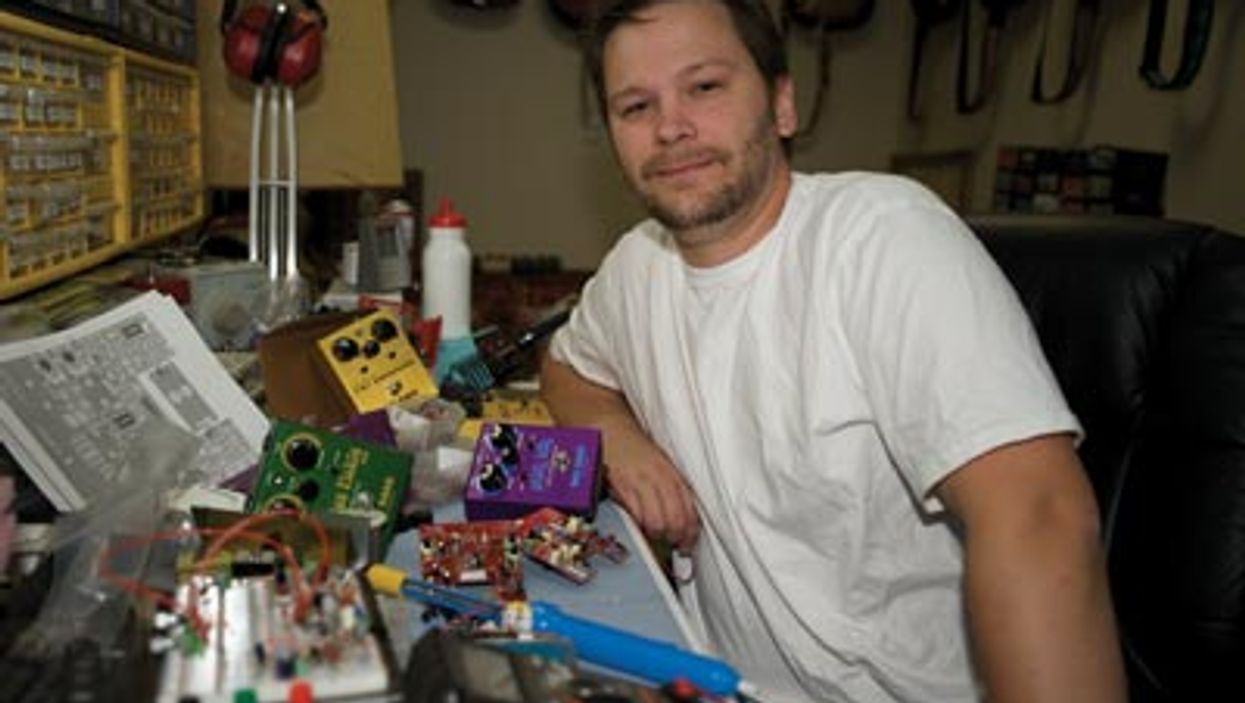Search
Latest Stories
Start your day right!
Get latest updates and insights delivered to your inbox.
jeorge-tripps-way-huge-pedals-swollen-pickle-fat-sandwich-dunlop-mxr-carbon-copy
Don’t Miss Out
Get the latest updates and insights delivered to your inbox.
Recent
load more

